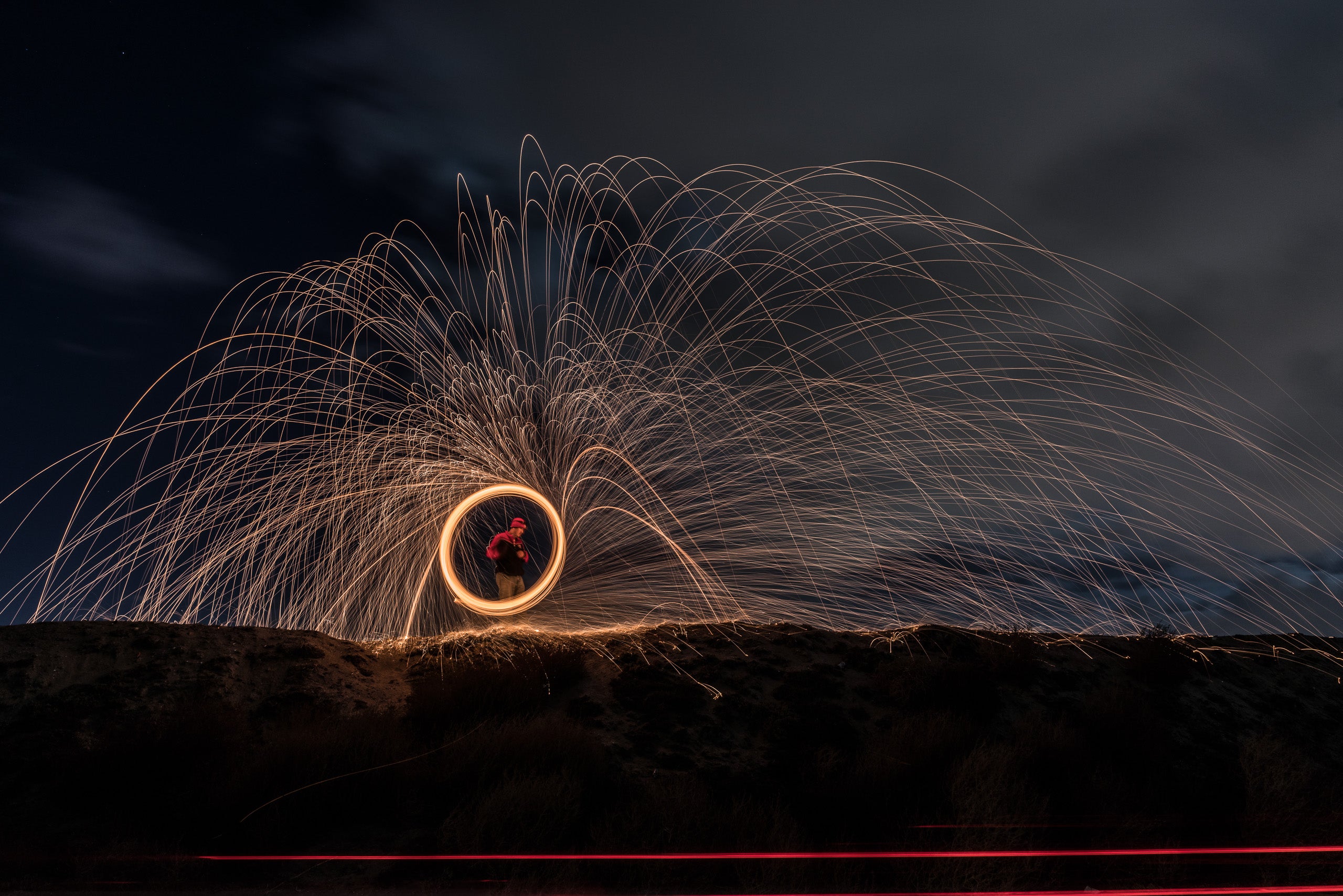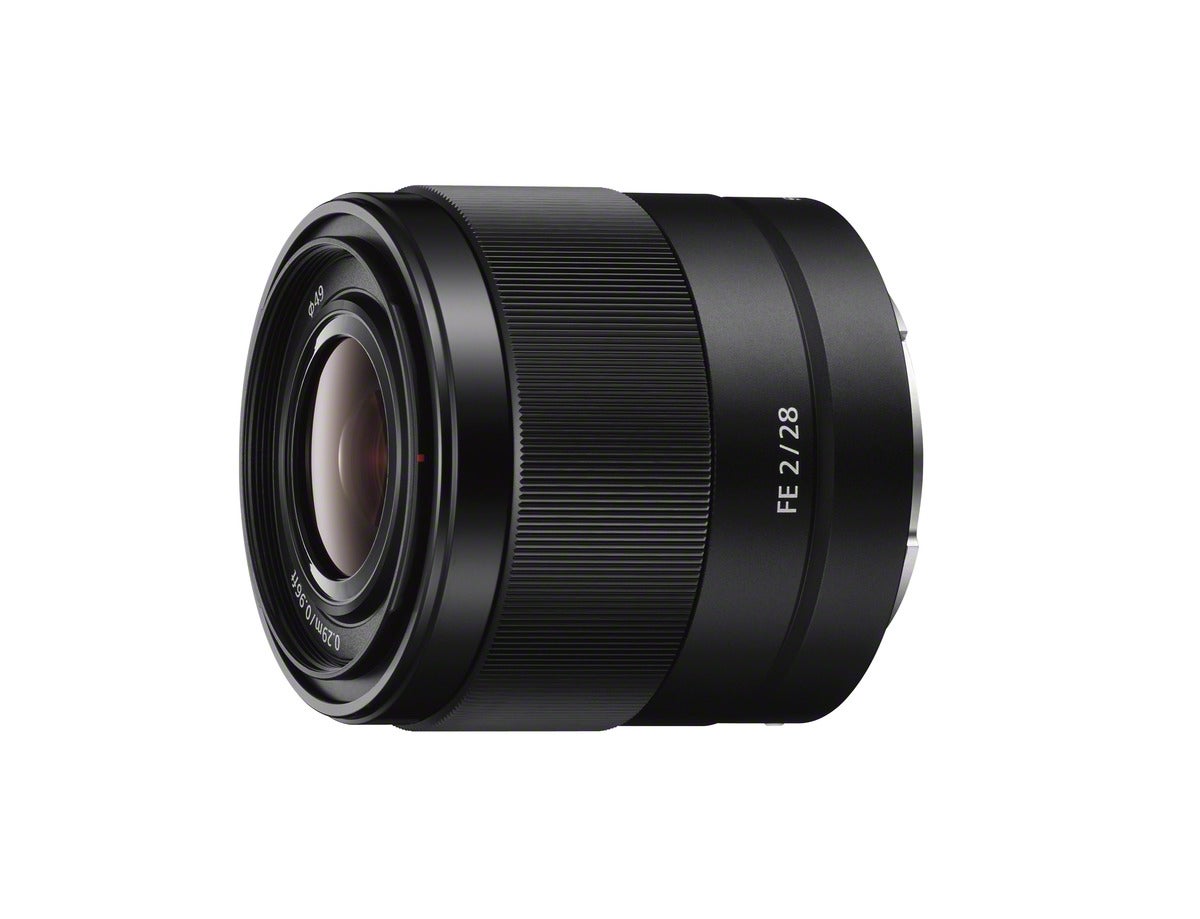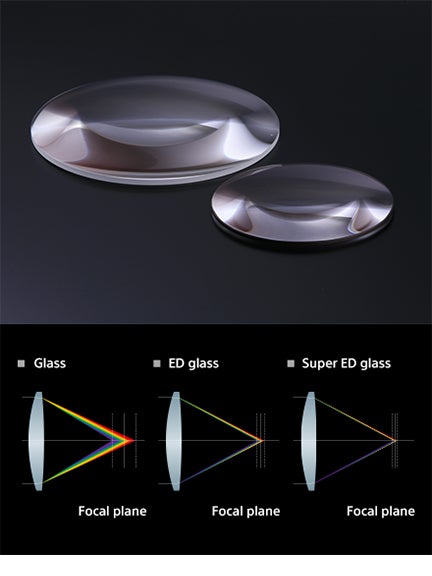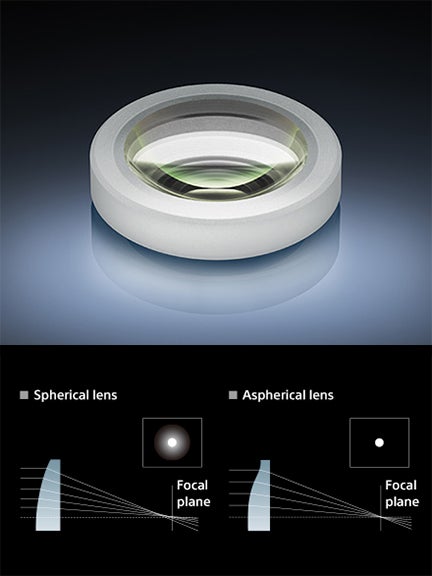Proof that wide-angle prime lenses are never out of style, the Sony FE 28mm f/2 is a classic with a bright f/2.0 maximum aperture, beautiful bokeh from its circular 9-blade aperture and overall excellent optical performance.

Sony α7R II, Sony FE 28mm F2 at f/11
“Steel wool and tail lights. This photograph was taken in Mission Bay in San Diego, California with the Sony FE 28mm f/2 lens on my α7R II. Long-exposure photography and things that are on fire make for a very interesting combo. You’ll need a tripod, some steel wool, a way to light it, and an environment that isn’t flammable. In this shot, a vehicle drove by leaving a streak of tail lights on the bottom of the frame.
“What I enjoy most about this image is how sharp and clean it is. The camera’s dynamic range and the lens’ sharpness allow for detail in the terrain and the sky both to come through.” –Sony Artisan Spencer Pablo
Here’s what the photo press says about the Sony FE 28mm f/2:
“This wide-angle prime is compact, making it a great option for a small walkaround lens, plus the 28mm focal length is a great option for landscape and travel photography. With the bright f/2.0 aperture, the 28mm prime is also a great choice for low-light shooting.” –Andrew Alexander, Imaging-Resource
“The Sony 28mm f2 has incredible image quality, and it goes to show that folks that tend to snub their noses at Sony lenses should give them another look. The Sony 28mm f2 is not only sharp, but offers very good color, beautiful bokeh for a lens this wide, and very little in the way of image quality issues.” –Chris Gampat, The Phoblographer
“Sony has created a fantastic lens here. It is fast with AF, locked on quickly every time. It is light and compact and it provides smashing color, contrast and pop.” –Steve Huff, Steve Huff Photo

FE 28mm F2 E-mount Prime Lens
An excellent choice as a second lens, this full-frame 28mm wide-angle prime features a bright F2 maximum aperture and outstanding overall optical performance. Advanced optics and coatings with a 9-blade circular aperture deliver beautiful images. Internal focusing on a fast and quite linear actuator makes this lens ideal for both still and movie.
Circular Aperture
When changing your aperture to defocus the background, the light sources appear blurred. This ‘bokeh’ effect of the blurred background can be enhanced with circular aperture blades used in this lens. Conventional aperture blades have flat sides creating unappealing polygonal shaped defocussed points of light. α lenses overcome this problem through a unique design that keeps the aperture almost perfectly circular from its wide-open setting to when it is closed by 2 stops. Smoother, more natural defocusing can be obtained as a result.
ED (Extra-low Dispersion) glass / Super ED glass

As focal lengths get longer, lenses built with conventional optical glass have difficulties with chromatic aberration, and as a result images suffer from lower contrast, lower color quality, and lower resolution. ED glass dramatically reduces chromatic aberration at telephoto ranges, and provides superior contrast across the entire image, even at large aperture settings. Super ED glass provides enhanced compensation for chromatic aberration.
Aspherical Lens Elements

Aspherical lens design dramatically reduces spherical aberration while also reducing lens size and weight. Spherical aberration is a slight misalignment of the light rays projected on the image plane. This is caused by differences in refraction at different points on conventional spherical lenses which degrade image quality in large-aperture lenses. Specially shaped “aspherical” elements near the diaphragm restore alignment of light rays at the image plane, maintaining high sharpness and contrast even at maximum aperture and can also be used at other points in the optical path to reduce distortion. Well-designed aspherical elements can reduce the total number of elements required in the lens, thus reducing overall size and weight.

Internal Focusing
Only the middle groups of the optical system move to achieve focus, so the overall length of the lens does not change. Other important benefits include fast autofocusing and a short minimum focusing distance. Also, the filter thread at the front of the lens does not rotate, which is convenient if you’re using a polarizing filter.

Ultra-Wide & Fisheye Converters
For even wider perspectives an optional Ultra-wide Converter (SEL075UWC) and Fisheye Converter (SEL057FEC) can be added to increase the angle of view to 21mm wide-angle or 16mm fisheye with full 180° coverage, respectively. Corresponding EXIF data is generated when these converters are attached to the lens, making data management easy.



